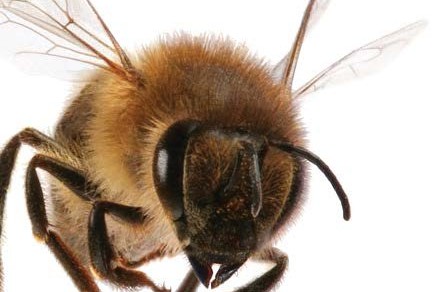Protecting bees from killer mites
The parasitic mite varroa destructor is a severe threat to New Zealand’s honey bees. Since the mite appeared on our shores twenty years ago, affected bees have not been able to survive without human intervention.

THE PARASITIC MITE VARROA destructor is a severe threat to New Zealand’s honey bees. Since the mite appeared on our shores twenty years ago, affected bees have not been able to survive without human intervention.
Effective treatment for varroa is essential for protecting our most productive pollinators.
More bee colonies are now being lost due to varroa mites than any other cause, according to the latest Ministry for Primary Industries annual bee surveillance report. This was the first time in the survey’s history that the mite had been most frequently attributed to colony losses, with queen problems previously being considered the leading cause.
“Varroa wiped out wild bee colonies as it spread throughout the country, so it’s essential that beekeepers remain highly vigilant, check for its presence and treat hives with miticides – at the right time and with the right dose,” Agcarm chief executive Mark Ross says.
Miticides aren’t sprayed on bees. Rather, plastic strips are inserted into hives.
“The bees walk on the strips, get the material into their body and it kills the mites,” Ross explains. “It’s also important to get the timing and dose of the treatment right.”
A good guide is to follow the manufacturer’s instructions.
MPI has commissioned Landcare Research to conduct a colony loss survey annually since 2015, to help it monitor losses over time and support work to improve bee health.
The 2021 winter survey, which involved nearly half of New Zealand’s beekeepers, found the overall loss rate to be 13.6%, or about 109,800 colonies, up 2.3% on 2020 levels.




